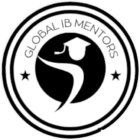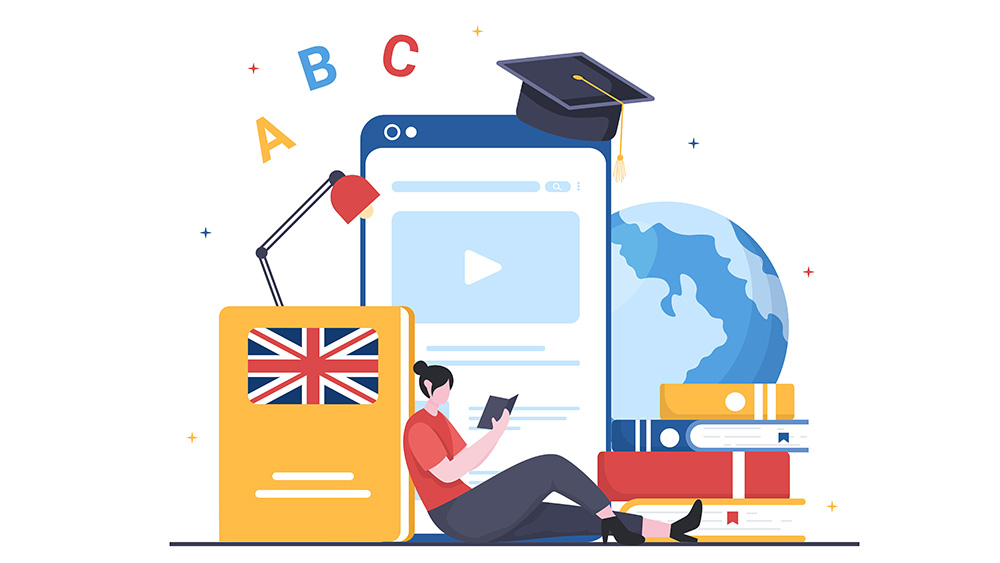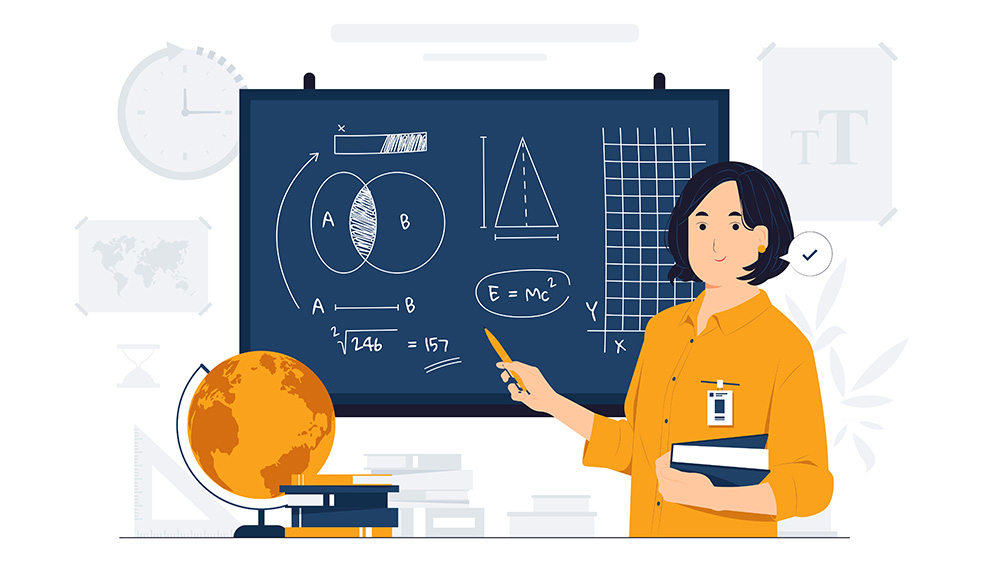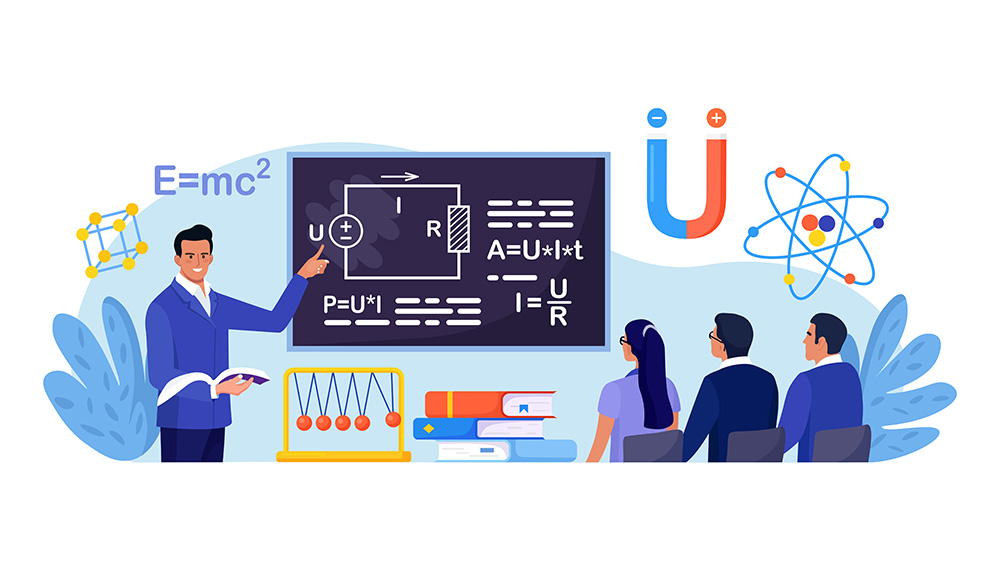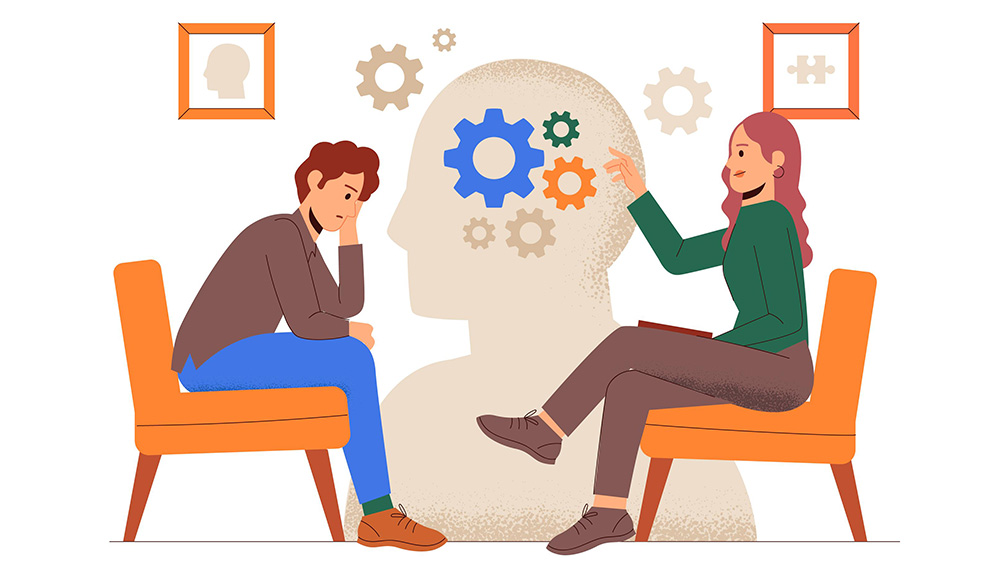A second language-learning course called Language B is available to students who have already taken some language classes in that language. Either Standard Level or Higher Level may be used for its study. The course’s primary emphasis is on the development of students’ linguistic skills. It is recommended that a variety of spoken and written materials be studied and used to build these language abilities.
Such content will range from common oral conversations to literary writings and should be relevant to the culture(s) in question. The curriculum should really be chosen to help pupils perfect their language abilities and get an awareness of other cultures. It shouldn’t be used only to study a particular topic or piece of knowledge.
Differentiating SL from HL
The majority of language B courses are offered in SL and HL. Students have the opportunity to learn a second language to a high level of proficiency while learning about the culture(s) in which it is spoken. The classes are designed to improve the students’ intercultural awareness and linguistic proficiency. Gain proficiency in French with the help of an IB French tutor from IBGA!
There is a shared curriculum for SL as well as HL (along with literature as an extra element of the HL course). The depth and breadth of the syllabus content, the assessment specifics, the assessment criteria, the literature coverage, and the prescribed teaching hours all play a role in determining the disparities across levels.
The International Component And Language B
The Diploma Program’s international component is increased by group 2’s study of a second language. Intercultural competence is a key component of the language B and language ab initio curricula within group 2. The learner becomes conscious of the parallels and distinctions within his or her native culture and the target culture as they study the language (s).
An increased esteem for other people and their way of life is encouraged by this insight. Students research and think about cultural values and behaviours within the course structure and via the study of real materials.
This study on ethnic values and behaviours is accomplished in many ways through the language B course. The structure of the course, which consists of a core and optional components, is ideal for promoting a worldwide outlook. The goal of the language B curriculum is to increase students’ understanding of their own accountability on a local level while also fostering international comprehension and a concern for global issues. In order to strengthen the connection between language B and the global perspective, it also aims to increase students’ intercultural awareness.
Aims Of The Language B
Although they are to be specified within the confines of the second language or language B curriculum, the language B curriculum objectives mirror that of the group 2 that are described above. The list under “Syllabus material” includes the variety of circumstances, purposes, language abilities, and texts to be taught. The syllabus’s content also specifies how acceptable language usage and the depth of intercultural knowledge should be displayed.
Teaching Of The Language B
The development of critical- and creative-thinking skills as well as learning how to learn are two pedagogical ideas that should be used to enhance the teaching of the language B course. These principles are aligned with the International Baccalaureate learner profile.
According to IB Global Academy principles, instructors are highly encouraged to create their individual study program and to deliver it in a way that considers the specific needs and desires of the students as well as the philosophies of the institution.
Although not mandatory, the following advice is consistent with methods of instruction that most accurately convey the underlying IB philosophy towards language and learning. The following are some ways that teachers might assist students in learning languages.
- Communicate with the language. Focus on improving your ability to speak the target language naturally, emphasizing both fluency and correctness.
- Discuss the meaning. Put your attention on the meaning—this may be the case when language is being studied or when it is being used as a means of communication in social interactions. To understand more employ an IB French teacher in India!
- Detail the impact of form on meaning. Pay attention to how form links to meaning. Understanding grammatical and textual elements that are connected to meaning is part of form. Here, it’s crucial to provide appropriate corrective feedback that’s pertinent to learners’ needs and keeps a balance between fluency and accuracy.
- Increase your language exposure. When you can, speak in the target language. The ability of learners to comprehend, for instance, is much improved when teaching is delivered in the target language.
- Study words or “chunks.” In the early stages of language learning, provide formulaic language chunks for rote memorization in addition to helping students become competent speakers by helping them understand grammar rules.
- Students should be encouraged to actively use the language. Give students many different and in-depth chances to practice and work with the chosen language through both written and oral exercises.
- Encourage students to converse in the language of study. Give students the chance to interact in the target language so they may practise using it in real-world situations. Small-group task-focused collaboration is a useful tactic for this.
- Introduce vocabulary that is level-appropriate for the kids. Make that the particular english language is being taught is appropriate for the learners’ stage of development. In this method, existing knowledge is effectively built upon to create new learning.
- Consider the particular requirements of each pupil. Make sure that the teaching takes into account the variations among individual students. Preparation and differentiation for various learning styles, motivations, aptitudes, and phases of learning are included in this.
- Evaluate each student’s skill set in its whole. Make sure the assessment is thorough. Both unrestricted and restricted production in the target language should be valued and taken into consideration.
FAQ'S
What distinguishes Language B Higher Level (HL) from Standard Level (SL)?
Both the Standard Level (SL) & Higher Level (HL) IB language B programmes are designed for students who have some prior exposure to the language. The recommended teaching hours for the two levels are different as well: 150 hours for the Standard Level-SL and a total of 240 hours for the Higher Level.
Whether you’re taking SL or HL, a different level of expertise in the various abilities is required. Two French literary masterpieces that you must study as part of HL present an extra difficulty.
How Challenging is the IB French?
Because of how difficult the IB French Examination is, effective test preparation is crucial for success. For everyone who wishes to successfully complete the IB French Exam, this is the best method of preparation. It’s hard to find a study guide that compares to this one in terms of overall efficacy and cost-efficiency.
What does IB French cover?
The course aims to improve students’ proficiency in understanding French and their capacity for unrestricted expression of thoughts and opinions in a language and cultural context. Language B demands prior knowledge of language acquisition, unlike French Ab Initio.
IB French is at what proficiency level?
In terms of CEFR levels, the IB course is equivalent to B2 or Higher Intermediate.
Which five IB French topics are there?
Five themes—identity, experiences, human inventiveness, social organisation, and sharing the planet—are used by teachers to organise their French IB curricula.
Are French universities accepting of IB?
At the conclusion of high school, students who get the IB diploma are admitted into all fields of French higher education, including medicine, law, and business schools like Essec, Sciences Po, ESCP or HEC, as well as preparatory courses, the bachelor’s degree at Polytechnique, etc.
How can I study for the IB French exam?
Watch soap operas, French films, or documentaries on TV. Listen to podcasts, French music, or radio news reports. Try your best to become completely engrossed in the culture and language. Practice adapting to local dialects or the French prevalent in other nations is another smart move.
What distinguishes French A & B for the IB?
The distinction between both of these courses is that Ab Initio is for people who start with no prior understanding of the language, whereas Language B takes several years of formal education. The two routes cannot thus be seen as alternatives.
Do you have to take French for IB?
All 10th grade IB students must complete a minimum of three Grade 10 IB courses in order to enroll in our IB programme, one of which needs to be an IB second-level language course (French, Spanish, and/or Chinese IB).
Where to find the best IB French Tutor?
To find the best IB French tutor in Gurgaon, Delhi – India then you must visit www.ibglobalacademy.org. or visit the
- Vishesh Building, Plot No- 11, Golf course Road, Opposite – Global foyer Building, Sector-42, Gurugram, India
- C-208, Tower C Nirvana Courtyard, Nirvana Country, Sec-50, Gurugram, Haryana 122018, India
- SPO-209, DLF South Point Mall, Golf Course Road, Sec-53, Gurugram, Haryana 122002, India
Related Courses
WHAT STUDENTS SAY



